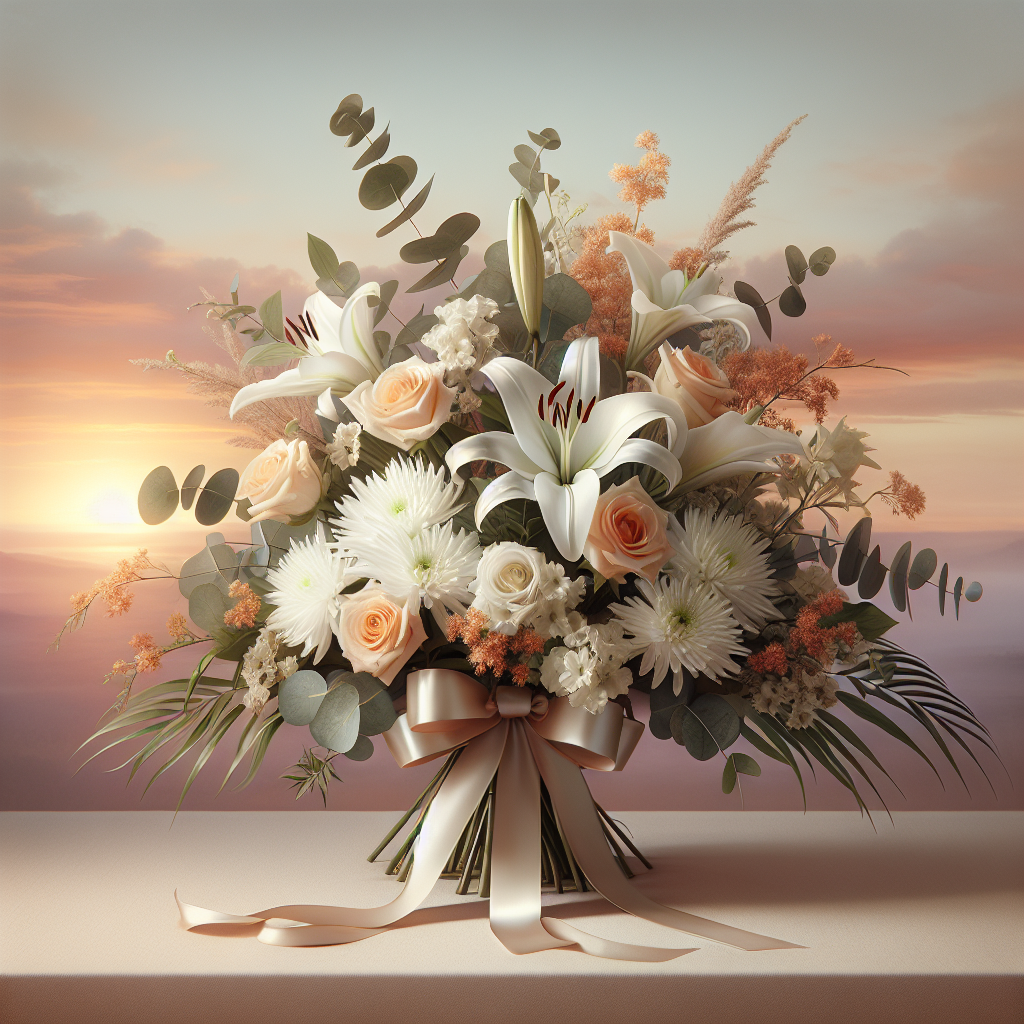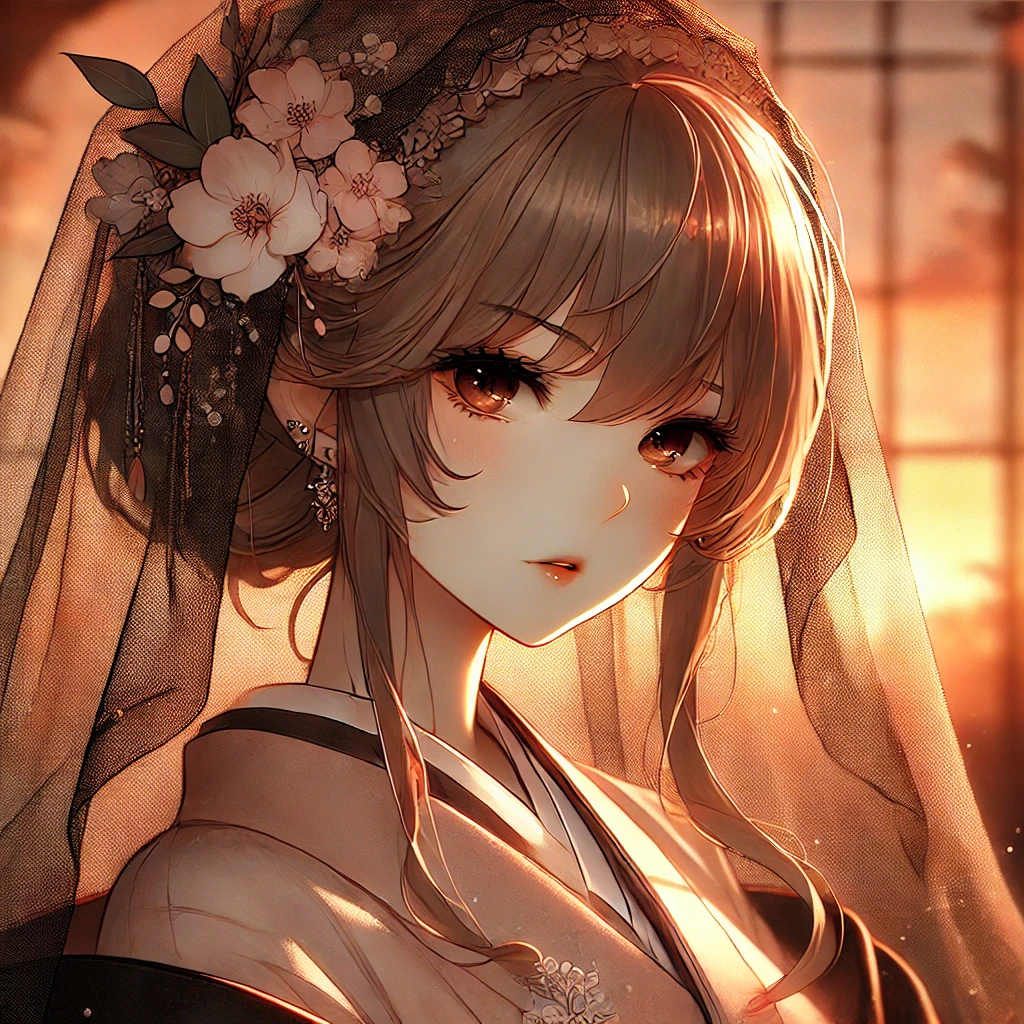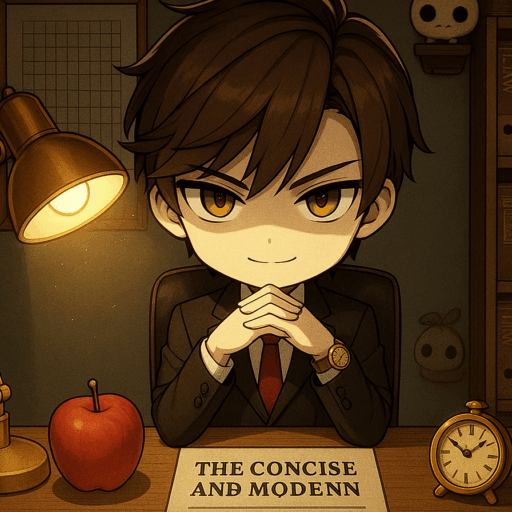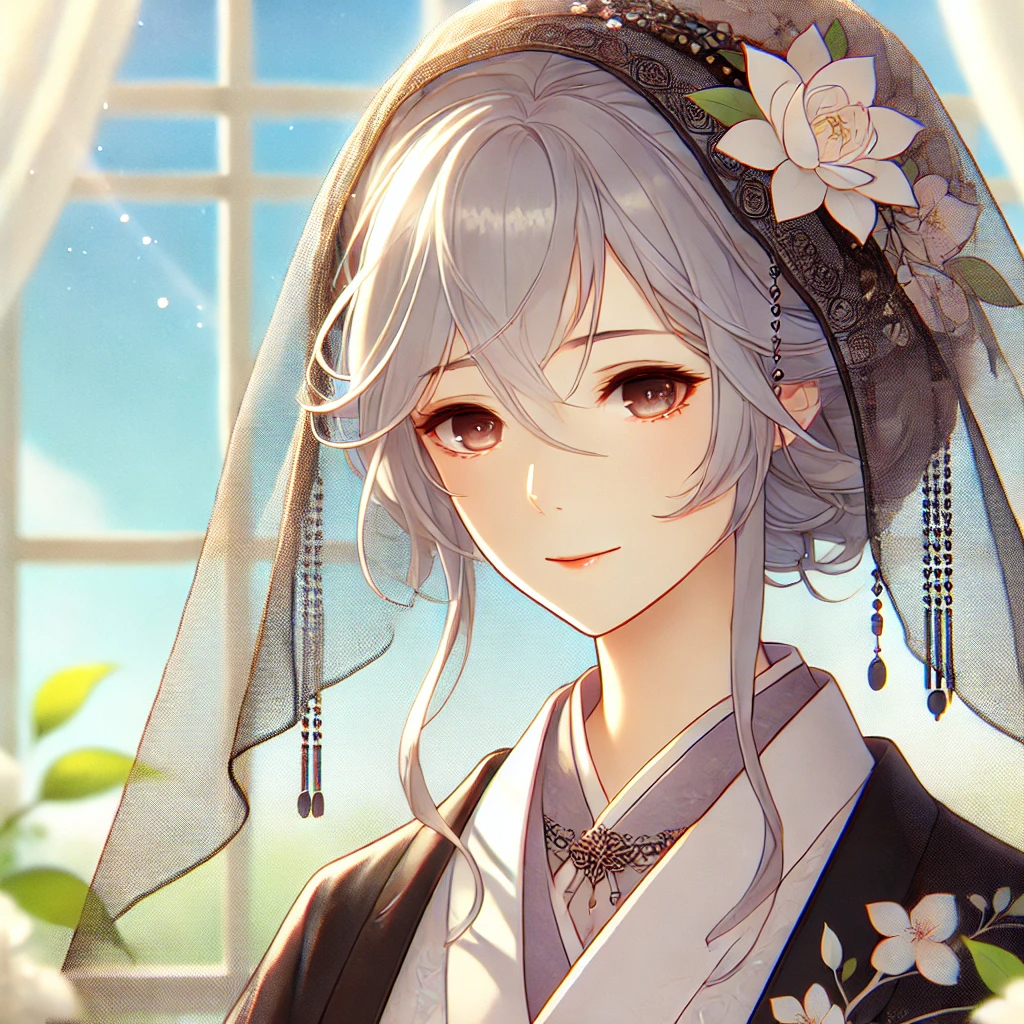Japanese funerals are deeply rooted in religious and cultural traditions, making them distinctive compared to other countries. This article provides a comprehensive guide to Japanese funeral practices, from the rituals and costs to the proper etiquette for attendees.

1. The General Process of a Japanese Funeral
Japanese funerals are predominantly influenced by Buddhist practices, though the specifics can vary by region and sect. Below is an overview of the typical process:
1-1. Passing and the “Makuragyo” Ritual
After a loved one passes, a doctor issues a death certificate. The family typically contacts a funeral home, which arranges for transporting and preparing the body. Funeral homes often provide services such as setting up the altar, coordinating with a Buddhist priest, and organizing the ceremony. At home, a priest may perform a “Makuragyo,” or bedside prayer, to guide the spirit of the deceased.
1-2. The Wake (Tsuya)
The wake, held the evening before the funeral, serves as a time for relatives and friends to pay their respects. Traditionally an all-night vigil, modern wakes are often shorter, lasting 1-2 hours. The event includes Buddhist prayers, incense offering (shoko), and light refreshments.
1-3. The Funeral and Farewell Ceremony
The funeral is a religious service led by a Buddhist priest. It includes prayers and offerings, with attendees burning incense to honor the deceased. The farewell ceremony allows family and friends to say their final goodbyes.
1-4. Cremation
Cremation is the norm in Japan. After the funeral, the body is transported to a crematorium. Once cremation is complete, the family participates in a bone-picking ritual (“Kotsuage”), where bones are placed into an urn.
1-5. The “Shonanoka” Memorial Service
Traditionally held seven days after the death, this memorial service is often combined with the funeral itself in modern practice. It involves prayers and offerings led by a priest.
1-6. The 49th Day Memorial and Burial
The 49th day marks the end of the mourning period in Buddhist tradition, symbolizing the deceased’s journey to the afterlife. Families gather for prayers and typically inter the ashes in a family grave during this ceremony.
2. Key Features of Japanese Funerals
2-1. Strong Buddhist Influences
Buddhism plays a significant role in Japanese funerals, with rituals like incense offering and prayer. However, Shinto, Christian, and non-religious ceremonies are also observed in some cases.
2-2. The Custom of Condolence Money (Koden)
Guests are expected to bring condolence money in a special envelope (“Koden”). The amount varies based on the relationship to the deceased:
- Close relatives: $100-$1,000
- Friends and acquaintances: $30-$100
- Coworkers: $30-$100
This tradition helps support the family with funeral costs.
2-3. Mourning Attire
Attendees wear black clothing. Men typically wear black suits with white shirts and ties, while women wear conservative black dresses or suits. Jewelry and makeup should be minimal.
2-4. High Costs
Japanese funerals are among the most expensive in the world. Typical expenses include:
- Venue costs: $5,000-$10,000
- Priest offerings: $1,000-$5,000
- Catering for guests: $500-$3,000
- Funeral altar: $2,000-$5,000
The average total cost ranges from $15,000 to $20,000, partly offset by Koden contributions.
3. Differences from Western Funerals
3-1. Cremation as the Norm
Nearly 100% of Japanese funerals involve cremation due to space limitations and sanitary considerations. By contrast, burial remains common in the U.S. and parts of Europe, though cremation is becoming more popular.
3-2. Scale of the Ceremony
While traditional Japanese funerals were large, modern families increasingly opt for smaller “family funerals” or direct cremations. In contrast, American funerals often emphasize a celebration of life with personalized tributes.
3-3. The Role of Monetary Gifts
Unlike Japan’s Koden tradition, Western attendees usually bring flowers or sympathy cards rather than money.
3-4. Funeral Funding
Japanese families often bear the cost of the funeral, supplemented by Koden. In the West, costs are frequently covered by life insurance or government assistance programs.

4. Modern Trends in Japanese Funerals
4-1. Rise of Family Funerals
Family-only ceremonies are increasingly popular, offering a quieter, more intimate way to say goodbye while reducing costs.
4-2. Growth of Direct Cremations
Skipping traditional ceremonies entirely, direct cremations focus on simplicity and affordability, with costs typically ranging from $1,000-$3,000.
4-3. Eco-Friendly Burials
Natural burials, including tree-planting memorials and sea burials, are gaining attention as environmentally sustainable options.
5. Etiquette for Attending Japanese Funerals
5-1. Preparing Koden
Use crisp but not brand-new bills and place them in a special envelope marked “Goreizen” (for Buddhist ceremonies) or “Koden.”
5-2. Incense Offering
At the altar, bow deeply to the family, then take a pinch of incense, raise it to your forehead, and place it in the incense burner. Bow again afterward.
5-3. Dress Code
Strict adherence to black attire is expected. Avoid flashy accessories, and women should opt for simple hairstyles and minimal makeup.
Conclusion
Japanese funerals blend deep cultural traditions with evolving modern practices. While their structure and customs may be unique, the underlying purpose—to honor the deceased and support the grieving family—resonates universally. Whether you are attending a Japanese funeral or simply learning about this tradition, understanding its nuances helps foster deeper cultural appreciation.



